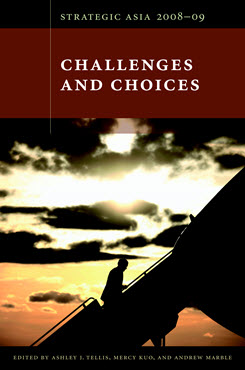A Regional Approach to Afghanistan and Its Neighbors
This chapter considers U.S. policy toward Central Asia/Afghanistan.
EXECUTIVE SUMMARY
This chapter considers U.S. policy toward Central Asia/Afghanistan.
MAIN ARGUMENT
The challenge for the U.S. in this region is to strengthen weak sovereignties; promote effective, secular governance based on consent; eliminate poverty; and build middle classes receptive to modern education and values. This will render the region secure, self-governing, well-disposed toward the West, and an attractive model for Muslim societies elsewhere. The opening of continental trade bridging Europe, China, the Indian subcontinent, Russia, and the Middle East is a critical tool for achieving this.
POLICY IMPLICATIONS
- Success in Afghanistan is a prerequisite for achieving these goals. The U.S. must help Kabul significantly expand its army and police and help it deliver effective governance. The U.S. should also work to broaden security options in the region beyond existing Russian and Chinese-dominated structures.
- A successful U.S. strategy will acknowledge that the strategies of Central Asian states are based on the development of balanced relations with external powers. This requires a regional approach based on sustained relationships. These will offer a balancing alternative to the region’s growing dependence on Russia and China.
- The 1992 trade and investment framework agreement between the U.S. and regional states could become a useful forum. Engaging Central Asian firms in Afghanistan reconstruction could also encourage regional interaction. The U.S. should welcome present and future initiatives to create purely regional consultative organs.
- Steady engagement will advance human rights and democratization more effectively than punitive measures. “Democracy promotion” might be expanded beyond elections to include the development of parliamentary rights and institutions, and good governance generally.
Strategic Asia
The Strategic Asia annual edited volume incorporates assessments of economic, political, and military trends and focuses on the strategies that drive policy in the region. Learn more about Strategic Asia.


